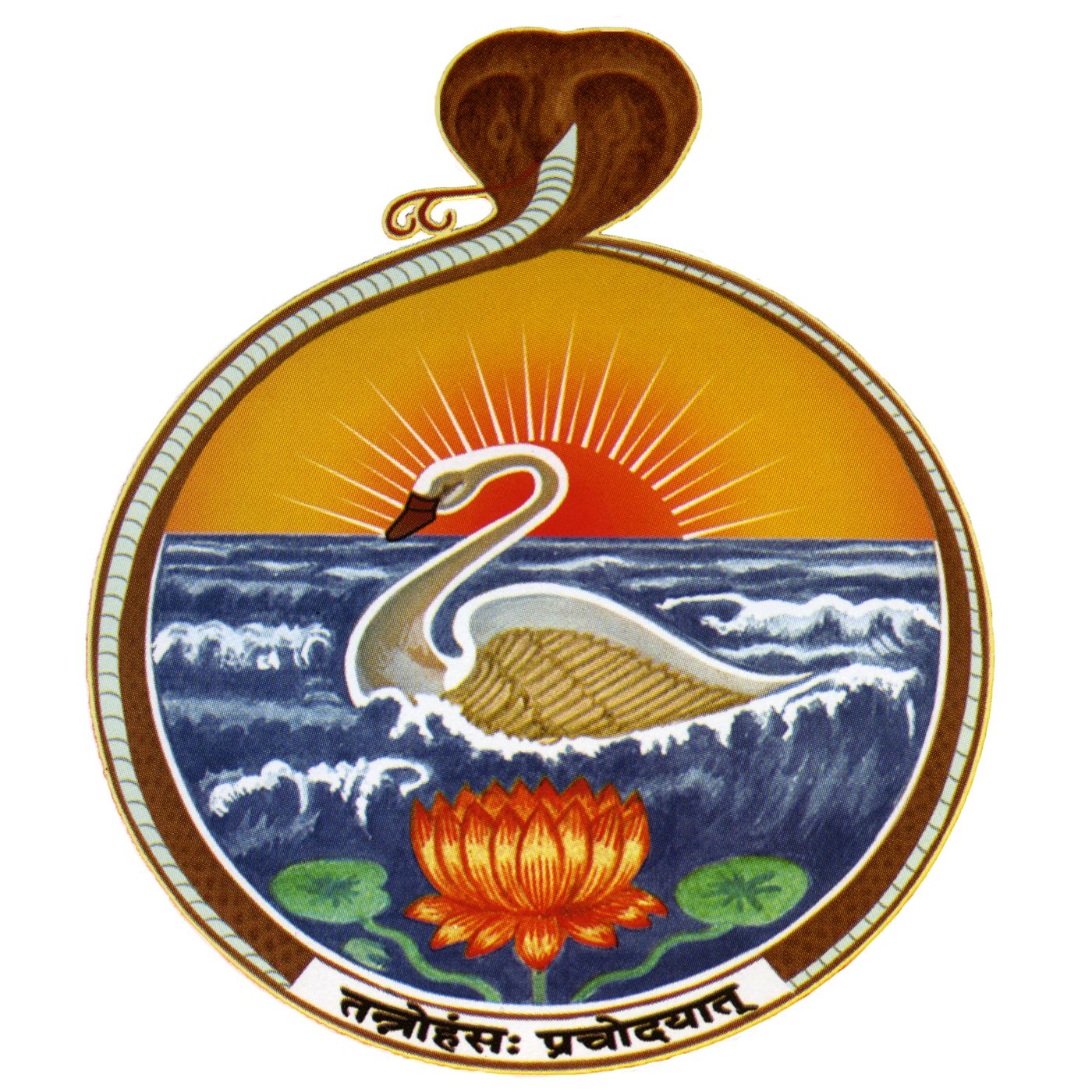8 – Summary Part 1 | Swami Tattwamayananda
Description
This discourse was given on August 3, 2019 at the Lake Tahoe Retreat run by the Vedanta Society of Northern California by Swami Tattwamayananda.
-The Siksha-Valli contains various Upasanas.
-Verse I.9 explains how to interact with all so that we will not disrupt the invisible harmonizing principle.
-Verse I.11 is a convocation address for all graduating students, which teaches how to live life keeping these high ideals in mind.
-When in doubt about conduct, we should consult the wise elders in our community because correct action varies according to place, time, and other factors.
-Verse II.1 explains the nature of Brahman as satyam, existence, jnanam, knowledge, and anantam, infinity.
-Verse II.7 explains that we become established in fearlessness, abhayam, when we are established in Ananda-svarupta, our true blissful nature.
-There is a distinction between Ananda-maya, being full of bliss and Ananda-svarupa, our true nature of bliss.
More Episodes
This discourse was given on August 4, 2019 at the Lake Tahoe Retreat run by the Vedanta Society of Northern California by Swami Tattwamayananda.
-The knower of Brahman fears nothing. Swami Trigunatitananda is an example. It is not recklessness.
-When we practice tapas, concentration and...
Published 08/06/19
Published 08/06/19
Verses: II.7, II.8, II.6. This discourse was given on August 2, 2019 at the Lake Tahoe Retreat run by the Vedanta Society of Northern California by Swami Tattwamayananda.
-asat in the context of Verse II.7 means avyakrta, the state before differentiation into name and form.
-Four forms of...
Published 08/06/19


